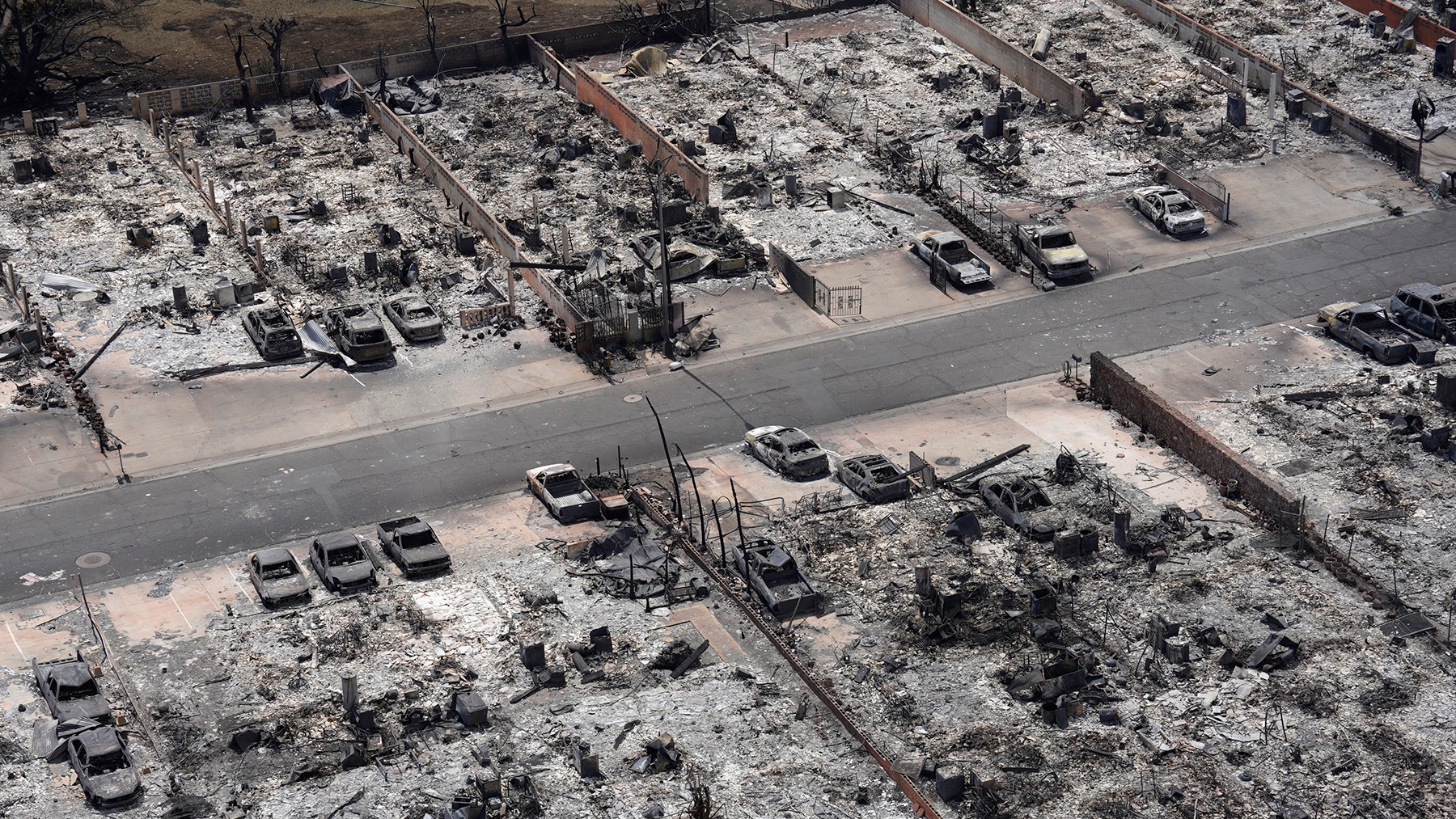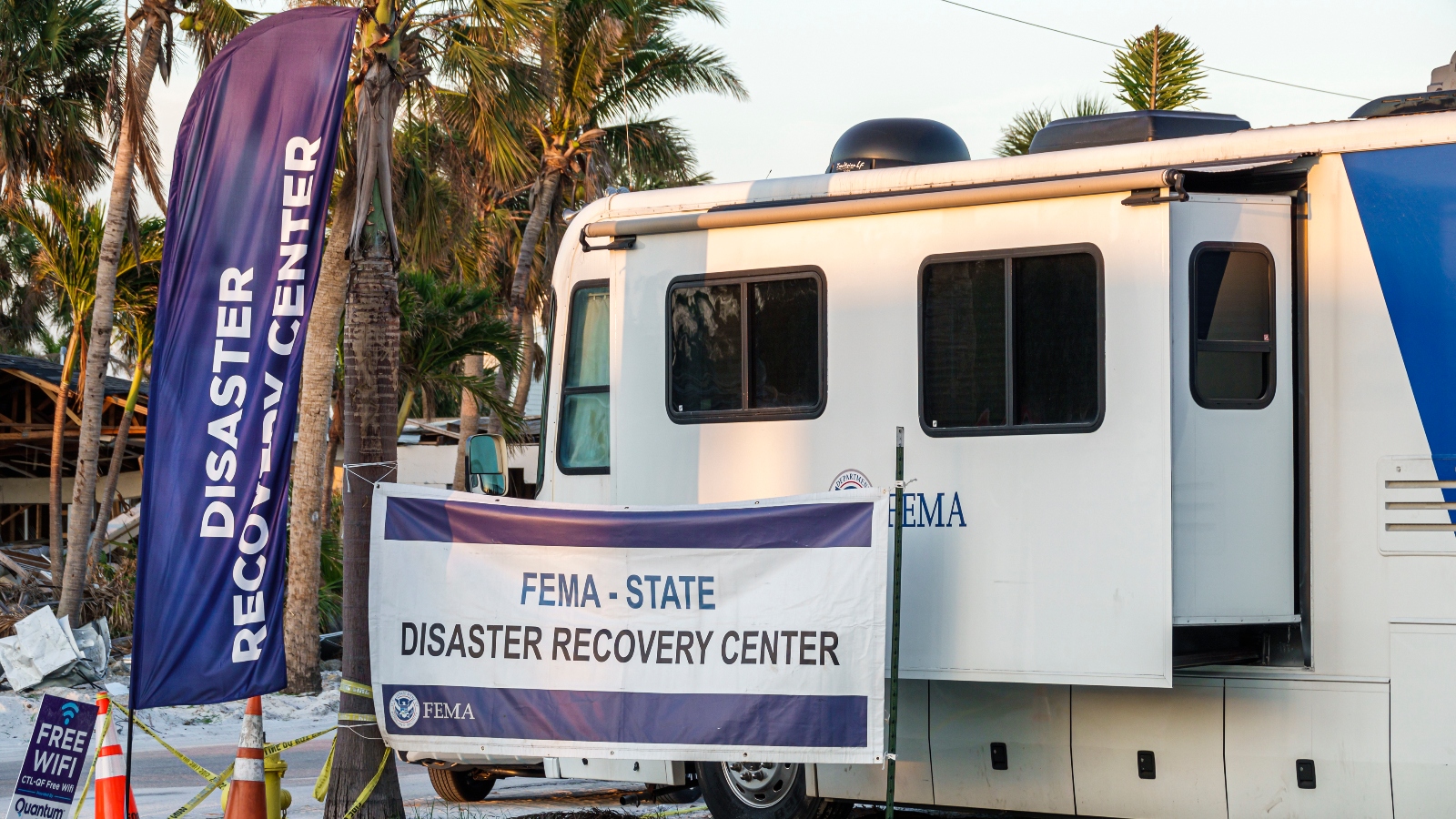
This story was originally published by Honolulu Civil Beat and is republished with permission.
More than 140 insurance industry plaintiffs have joined the cascade of lawsuits filed against utilities and landowners related to the Maui wildfires, a move that could spark a battle over available resources to pay victims of the disaster which killed 100 people and destroyed much of Lahaina. August.
The global insurance industry has swept into state court in Honolulu, trying to collect refunds for claims paid to policyholders. That amounts to more than $1 billion in West Maui for residential real estate alone, according to the latest data of the Insurance Division of the Hawaiʻi Department of Commerce and Consumer Affairs.
The plaintiffs include names familiar to Hawaiʻi homeowners: insurers such as State Farm Fire and Casualty Co., USAA Casualty Insurance Co., Island Insurance and Tradewind Insurance.
Also included are numerous additional companies, such as the French and Australian branches of the giant Swiss ReJapan’s Mitsui Sumimoto Insuranceand Lloyd’sthe London-based marketplace known for insuring everything from shipping, fine art and space satellites on Bruce Springsteen’s voice.
Defendants include Hawaiian Electric, Hawaiian Telcom, Kamehameha Schools and other unnamed parties that the insurers allege were negligent in causing and spreading the fires.
It’s a predictable turn, say Robert Andersondirector of the Center for Risk Management Research at the University of California, Berkeley.
When a company like State Farm issues a policy to a homeowner, Anderson said in an email, State Farm typically buys reinsurance from another company like Swiss Re to cover the risk of catastrophic events, such as ‘ a hurricane that hits an urban area “or a wildfire that spreads and takes out a large number of homes, as happened in Lahaina.”
When such a catastrophe occurs, State Farm will typically pay claims to the insured property owners and be reimbursed by its reinsurers, Anderson said.
If the losses occurred as a result of negligence, the insurer and reinsurers can sue the negligent parties to recover the payments “in the same way that a health insurance company might seek to recover the costs of treating someone injured in a car accident , to recover,” he said.
Multiply that by thousands of claims, and it explains the enormous number of insurance company plaintiffs, spread across 26 states and half a dozen countries, filing suit in Hawaiʻi. It’s also a sign that the global insurance market is functioning sufficiently to spread the risk of a major disaster in Hawaii, said Sumner LaCroix, an economist at the University of Hawaii’s Economic Research Organization.
“The last thing we want in Hawaii is to find out that two or three companies are at risk of a hurricane hitting Hawaiʻi,” LaCroix said.
Battles can arise between victims and insurers
The case could have big long-term implications for plaintiffs seeking to recover damages claims from Hawaiian Electric and the others, said Mark Davis, a Honolulu trial attorney who serves as liaison to dozens of plaintiffs’ attorneys who have filed cases on behalf of them. of victims in Maui court.
At this point, Davis said, the insurance companies and other plaintiffs have a common goal: to prove that the utilities or landowners or both acted negligently in allowing the fires to start and spread. The insurance industry had its own teams of investigators, Davis said.
“For the most part, their inquiries go hand in hand with the plaintiffs’ inquiries,” he said.
Indeed, the insurance industry’s factual allegations of what happened on August 8 mirror the allegations in many of the negligence cases filed by residents.
But eventually, Davis said, Lahaina residents will find themselves competing with the insurance companies for the same pot of money.
To the extent that the insurers have paid claims, they are likely to seek priority over the homeowners, which happened after lawsuits related to California wildfires, Pacific Gas & Electric Co. filed for bankruptcy in 2019, Davis said.
However, some states have adopted a legal principle known as the “whole doctrine made,” meaning insurers cannot jump the line in front of insured property owners until the insured property owners’ damages are fully covered. Otherwise, a property owner can recover from both their insurance company and the wrongdoer if negligence is proven. All of this sets the stage for a battle between the individual claimants and the insurers if they can prove the utilities or landowners were negligent.

Cory Lum/Civil Beat
“It’s inevitably a big struggle later on as they start to allocate resources,” Davis said.
Hawaiian Electric and Hawaiian Telcom declined to comment. Paul Alston, an attorney for Kamehameha Schools trustees, also declined to comment. Attorneys for the insurance companies did not return calls.
Meanwhile, Hawaiian Electric does not have the resources to reimburse the property insurers for the massive claims paid out to date, should the insurers prevail in their case. The company’s share price has fallen since the fires. Rating agencies have cut Hawaiian Electric’s bond rating, meaning it will cost more for the company to borrow money. And Hawaiian Electric has largely used its lines of credit to raise cash.
The company is seeking federal grant funds, which it hopes to send toward rebuilding infrastructure, but that money cannot be used to pay for damages. Meanwhile, much of the proceeds from a woefully inadequate insurance policy worth $165 million that could be used to reimburse the insurers has already been pledged to a settlement fund for people killed and injured in the fires.
The company paid $75 million to the so-called Maui Recovery Fund. Makana McClellan, a spokeswoman for Gov. Josh Green, said the fund expects to have a total of $175 million when it goes live on March 1. Green previously announced that the state, Kamehameha Schools and Maui County will also provide funding. McClellan said more details will be available this week.
Each victim could receive more than $1 million from the fund if they decide to drop their legal claims, Green said.
But the fund is not meant to address property damage. And how much money will be available to cover such claims is not clear. After putting $75 million into the recovery fund, the company would theoretically have $90 million. But Hawaiian Electric was bleeding cash on lawyers.
When the company held its quarterly earnings call for the period ended Sept. 30, Hawaiian Electric revealed it had spent $27.6 million in fire-related expenses up to that point, including $10.8 million — or about $1.5 million per week – to legal fees. And that was when the lawsuits just started pouring in. It remains to be seen how much Hawaiian Electric’s lawyers have cannibalized the company’s liability insurance at this point, 24 weeks after the fire.
Meanwhile, the staggering amount of insurance losses is becoming clear. According to the Hawaii Insurance Division, insurers reported 3,947 claims for residential property in West Maui as of Nov. 30, including 1,689 total losses. Estimated losses totaled $1.54 billion, of which insurers paid $1.09 billion.
Perhaps the only good news in all of this, Davis said, is that insurance companies don’t seem to be arguing about paying claims, which he said isn’t surprising since so many homes have been completely burned down.
“There’s not much to talk about when you bought ‘x’ amount of insurance and your house is dust,” he said.
Civil Beat’s coverage of Maui County is supported in part by grants from the Nuestro Futuro Foundation.







